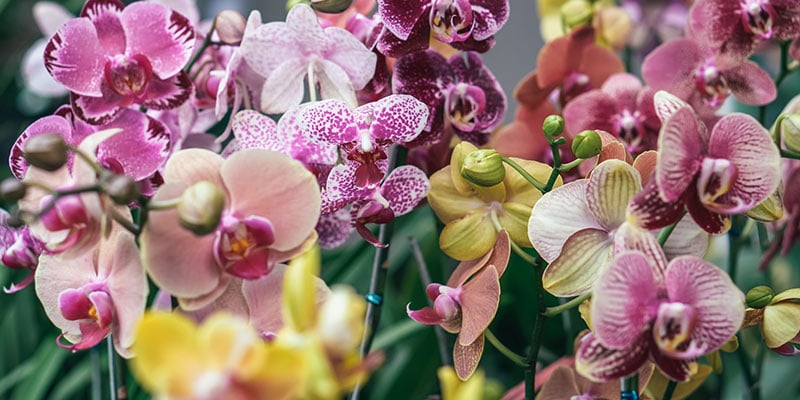
Orchids are beautiful blooms rich in symbolism, steeped in history and loved by many.
Found in a wide range of colours across the world, from classic white and pink orchids to rarer blue and green flowers, they are often gifted on special occasions like weddings, anniversaries, house warmings and even Mother’s Day.
In general, they have been seen as a symbol of good health and prosperity for many years. Orchids became incredibly popular during the Victorian era in England, as they were thought to be a symbol of luxury and wealth. So much so that many people developed Orchidelirium (aka orchid fever), a term used to describe the Victorians' obsession with collecting and discovering orchids.
Just like peonies, orchids remain popular in the UK today (although it is safe to say the cases of Orchidelirium are much lower!), and are grown all over the world in tropical, subtropical and colder climates.
Despite their popularity, orchid flowers and houseplants can be hard to care for, and require special attention. But, if looked after properly, placed in a bright, light room (but not in indirect sunlight) and misted with water every few days, they can last up to 12 weeks once in bloom, and can rebloom every year for up to 10-15 years.
Thinking about picking up an orchid plant as a gift for a friend? Here are some seriously interesting facts about orchids that will impress the receiver. Number 4 really surprised us!
One of the oldest flowering plants in the world and the largest
Orchids have existed for over 100 million years (yes, really!), although it’s thought the first reference to orchids was found in notes about Chinese medicine 3,000-4,000 years ago.
Orchids are also part of the largest family of flowering plants, known as Orchidaceae. There are said to be over 26,000 different species of orchids, with new ones being discovered regularly. And, what’s more, these beautiful plants can be found growing on every continent except Antarctica (although many orchids thrive most in tropical climates).
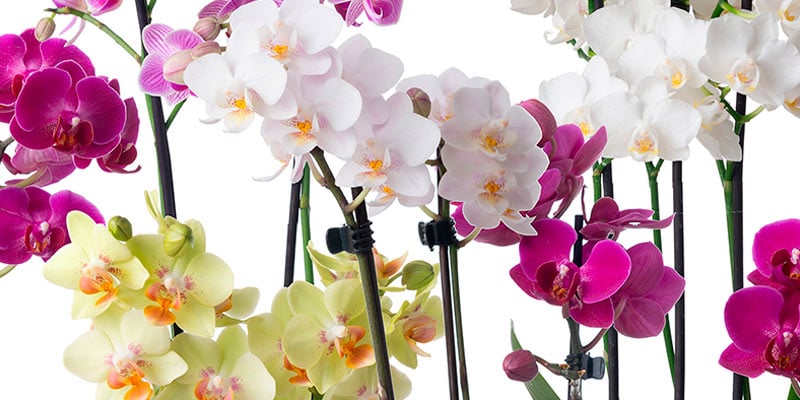
The have the smallest seed in the world
As well as being the oldest flowering plant in the world and among one of the largest families, these sweet-smelling flowers also hold the record for being the smallest seed in the world. An orchid seed is so small, it’s about the same size as a speck of dust! To put it into context, these lightweight seeds are thought to be about 0.05 to 6.0 mm long. So, in one orchid seed pod you might find anywhere up to 3 million seeds.
Each orchid colour has a different meaning
Orchids come in many different shapes, sizes and colours. And, like with many other flowers and plants, different colours of orchids have different meanings.
White Orchid Meaning
White orchids are a symbol of purity and elegance, and are often found in wedding displays.
Pink Orchid Meaning
Pink orchids symbolise grace, beauty, and happiness.
Purple Orchid Meaning
Purple orchids are seen as a sign of honour and respect, and like many purple flowers, are also associated with royalty and sophistication.
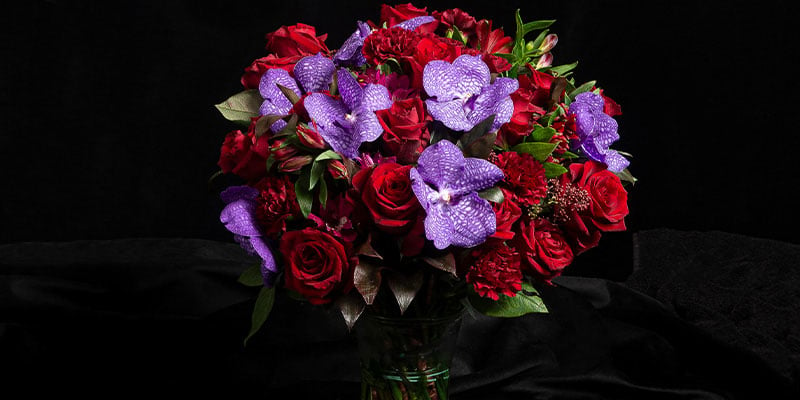
Orange Orchid Meaning
Orange orchids are perfect for celebrating, as they are a symbol of excitement and appreciation,
Yellow Orchid Meaning
Sunny yellow orchids are full of cheer, symbolising friendship, happiness, and new beginnings.
Blue Orchid Meaning
Blue orchids, which are quite rare, are seen as a sign of individuality, beauty and even spirituality.
Red Orchid Meaning
Red orchids are a great choice for Valentine’s Day, as like with many red flowers, they are a symbol of love and passion, as well as strength and courage.
One of the UK’s rarest orchids has its own security
The UK is home to a number of rare orchids - from the fen orchid to the lady’s slipper orchid and even the ghost orchid which lives underground and hasn’t been seen since 2009.
The lady’s slipper orchid was once found across the north of England, in a bright yellow colour and unusual shape that enchanted Victorians at the time. In 1917, the rare flower was thought to be extinct in 1917 before a small number were rediscovered in Yorkshire in the 1930s. A dedicated group was set up to protect the rare orchid in the 1970s. Its location remains a secret today and it is closely monitored and guarded with surveillance cameras.
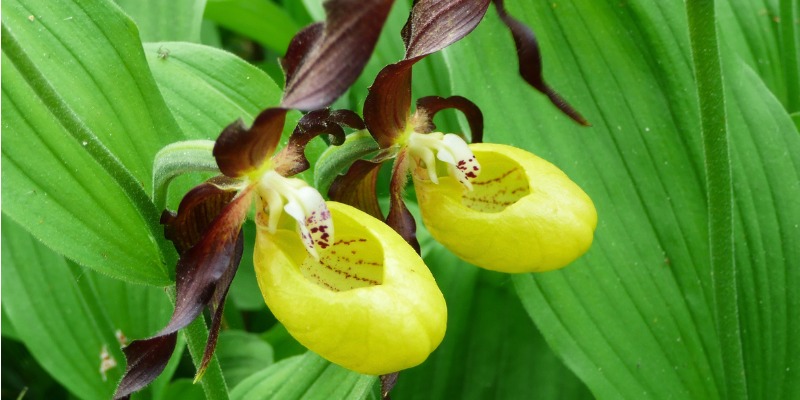
Orchids are perfectly symmetrical
Orchids are among some of the most beautiful flowers, but did you know that they are perfectly symmetrical? This means that the right side of these fragrant flowers is exactly the same as the left side of the flower. And, it’s not just for looks, symmetry in orchids is also key for pollination.
Orchids can grow upside down
Orchids are bilaterally symmetrical, but they also grow upside down! The lower lip of the orchid is actually on the top of the flower when the orchid is in bud. As it opens up, the stalk rotates so the lip turns to the lower side. The lip of the orchid is key for attracting pollination.
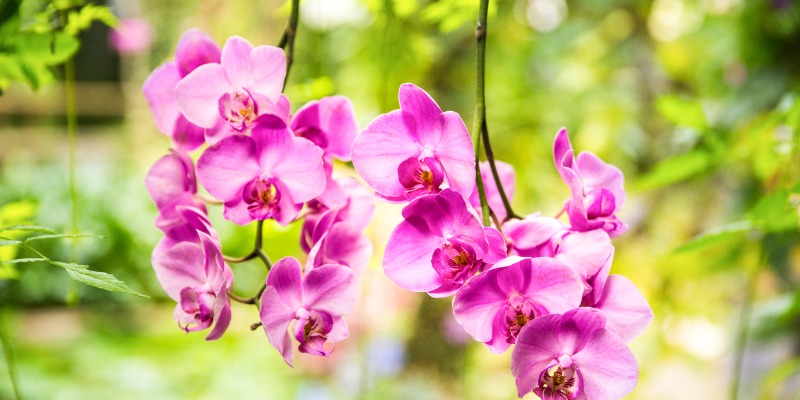
Vanilla flavouring comes from orchids
The next time you enjoy a vanilla ice cream cone or indulge in a vanilla flavoured cupcake, give thanks to orchids for these delicious treats. Many people don’t realise it but natural vanilla flavouring actually comes from the seed pod of an orchid plant. The vanilla orchid (also known as Vanilla planifolia) is the only orchid plant that produces an edible fruit. These plants are grown in hot, tropical climates and there are over 150 varieties of the vanilla orchid.
What’s more, vanilla orchids don’t last very long and need to be pollinated within 24 hours. And, if you’re lucky enough to live in a climate that allows you to grow vanilla orchids at home, you’re in it for the long haul as these plants take years to flower and then months for the beans to mature.
Fancy an orchid of your own? Explore our collection and brighten up your home with our beautiful selection of orchid plants and bouquets.
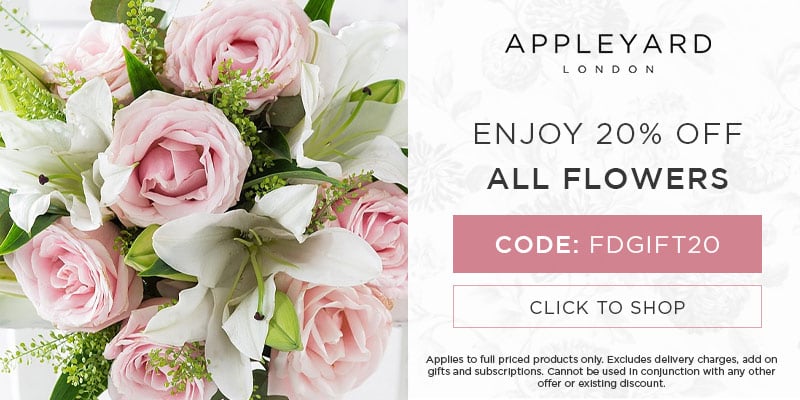

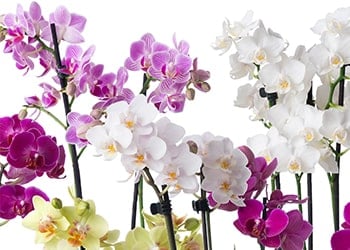
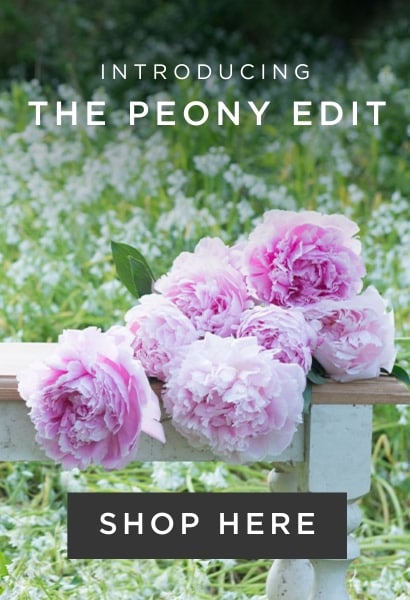
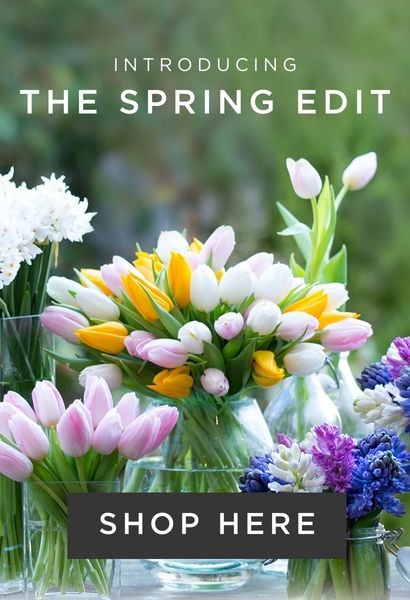


